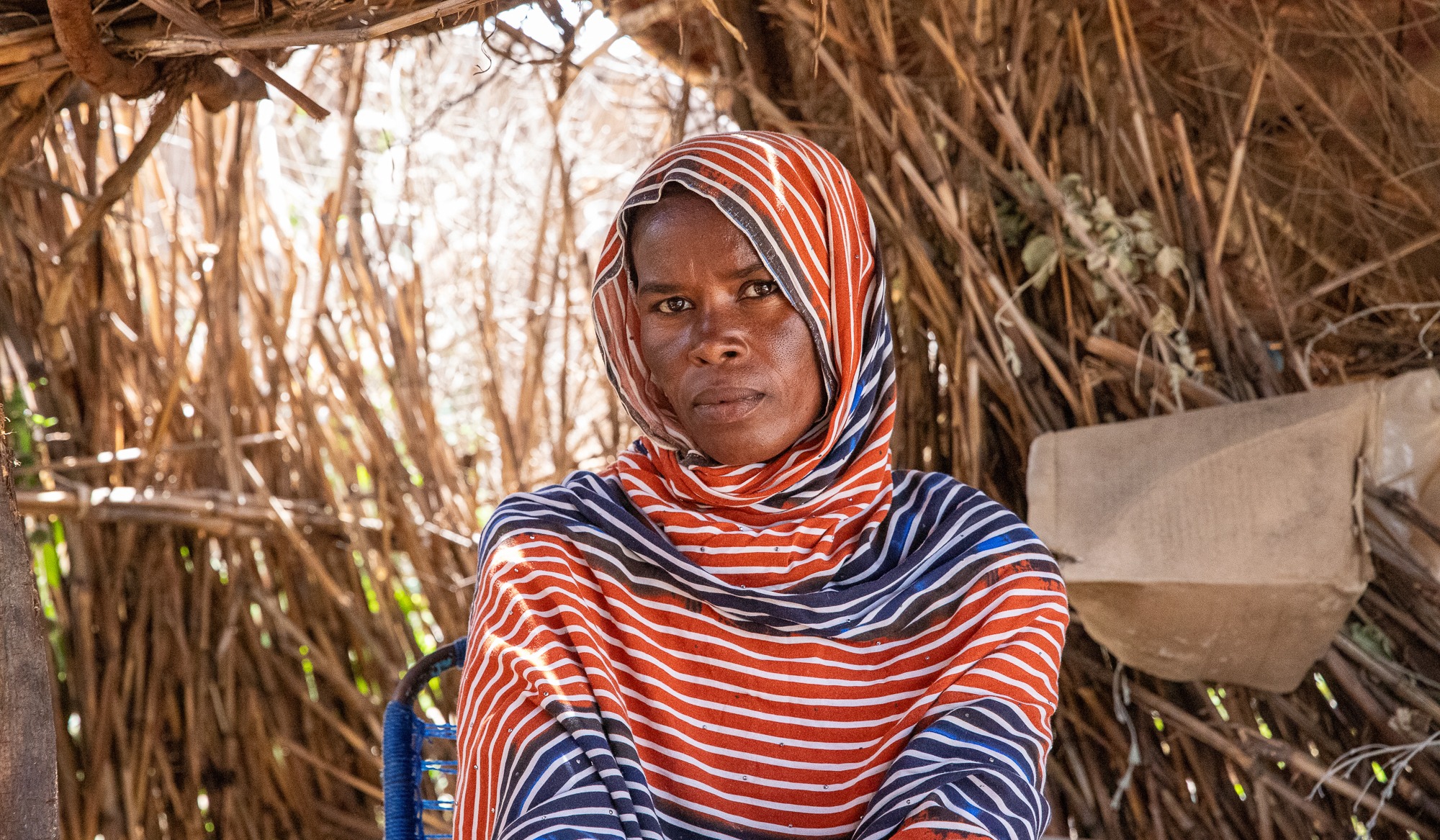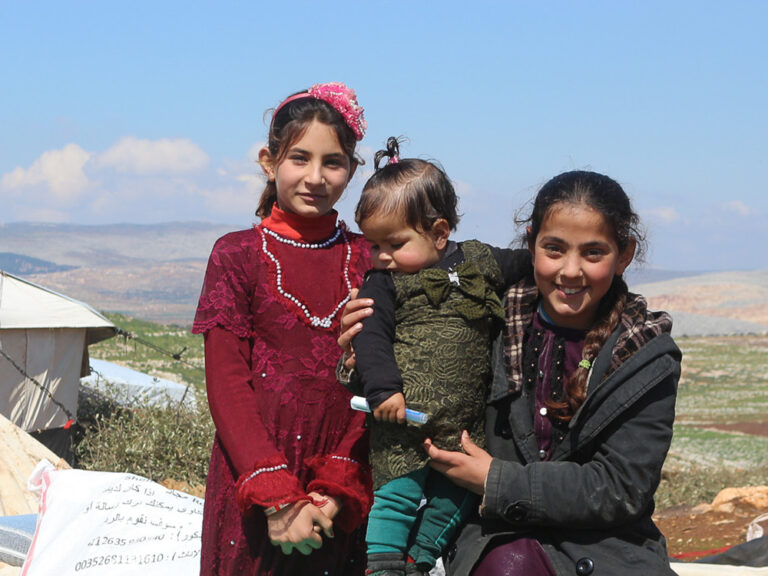The escalating conflict in Sudan has led to more than 10 million people fleeing their homes. An estimated 910,000 people have crossed the border into Chad, adding to the pressure on the already limited resources in the country.
On this page learn more about the crisis in Chad, and how ShelterBox is working to support people there.
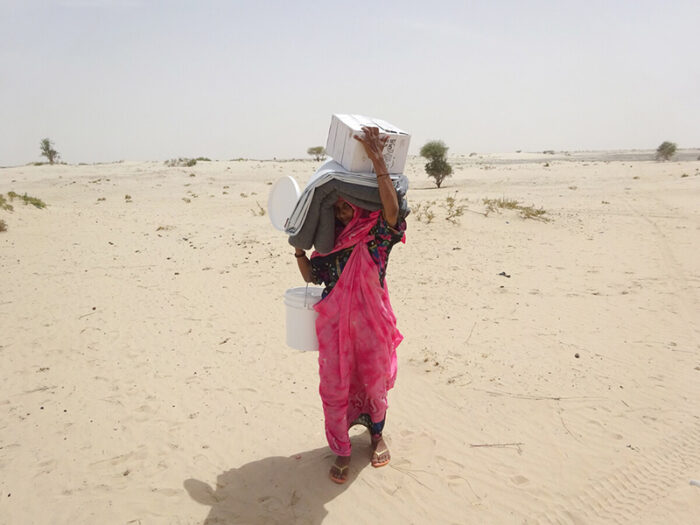

What is happening in Chad?
In April 2023, long-simmering tensions between Sudan’s military and main paramilitary force erupted into violent clashes, risking civil war. Fighting between the Sudanese Armed Forces (SAF) and the Rapid Support Forces (RSF) has continued. More than eight million people have been displaced since the start of the conflict on 15 April 2023. They are fleeing to safer locations within Sudan or across its borders.
Over 900,000 have fled to Chad from neighbouring Sudan, leaving their homes behind. Many are without adequate shelter. It includes people who were already internally displaced by previous conflicts in Sudan, as well as refugees from other countries that had previously sought safety in Sudan. The majority of the refugees are women and children.
The humanitarian need was already significant before this conflict started. That need is rising every day, made worse by a fourth consecutive year of acute food shortages in Chad. The country is also experiencing heavy rains, which makes the movement of materials and aid very difficult. It also creates challenging conditions for the people there.
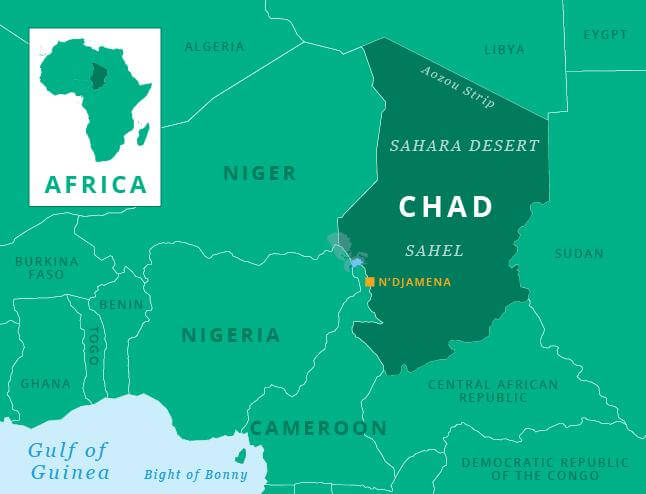
Where is Chad?
Chad is a landlocked country on the edge of some the world’s most violent conflicts.
It shares a border with Niger, Nigeria, Cameroon, the Central African Republic, Sudan, and Libya.
In the north, you will find the Sahara Desert, an astonishing expanse of dust and flowing sand dunes.
The south is dominated by the Sudanian Savanna – a belt of tropical grassland that stretches from Nigeria to Ethiopia.
The crisis in Chad is complex. The eastern part of the country was already hosting many refugees from Sudan before the recent influx of people trying to escape the recent violence. The country has also been impacted by violence from Boko Haram, food shortages, droughts, and climate change.
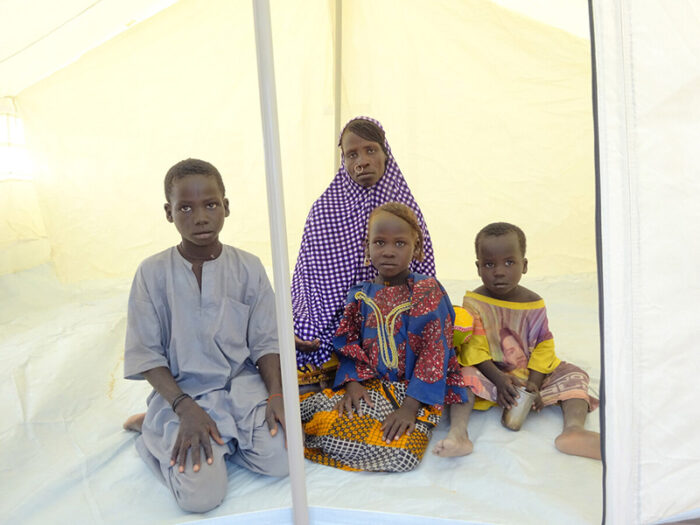

Has ShelterBox worked in Chad before?
ShelterBox has worked in Chad and Sudan before.
In 2018, we provided crucial shelter aid and other essential items to people displaced by conflict in Chad. We were working with our partners ICAHD (International Cooperation Action for Humanitarian Assistance and Development).
In 2020, we partnered with the United Peace Organisation (UPO) to respond to flooding in Sudan. We supplied essential shelter materials to over 5,500 people. This followed previous work in 2014, when we responded to flooding in Sudan’s West Nile state.
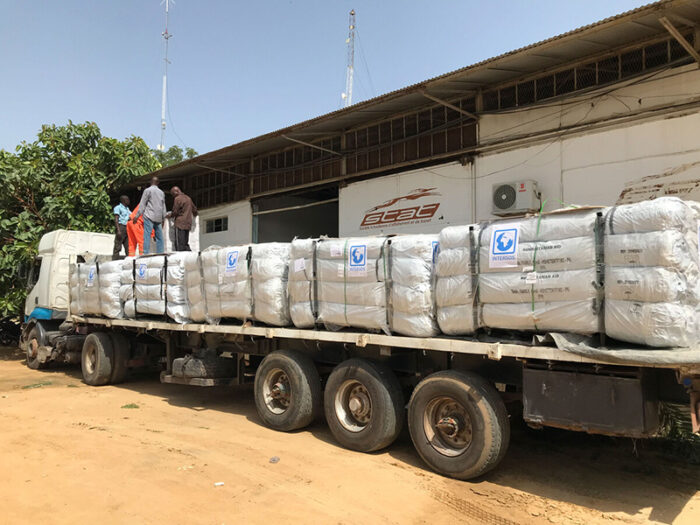

How is ShelterBox helping?
ShelterBox has supported over 22,000 people in Chad since the beginning of the Sudan conflict, and we are now partnering with HELP Tchad to improve the living conditions and support the recovery of thousands more.
ShelterBox is providing emergency shelter items like tarpaulins and rope to help with the construction of temporary shelters. We are also providing essential items. This includes solar lights, mosquito nets, blankets, sleeping mats, and kitchen sets, and fuel efficient stoves.
The items being distributed are simple but effective. Tarpaulins protect people from the weather. When there is no electricity solar lights help people to see when darkness falls. Mosquito nets help protect people from diseases like malaria.
With no end to conflict in sight, we are expecting many more people to flee to Chad from Sudan. This will only add to the need for emergency shelter in the country. We’ll be supporting new arrivals to the transit areas of refugee camps. Our shelters will provide a temporary, safe home within the camp. Families can stay there until more durable shelters are available.

